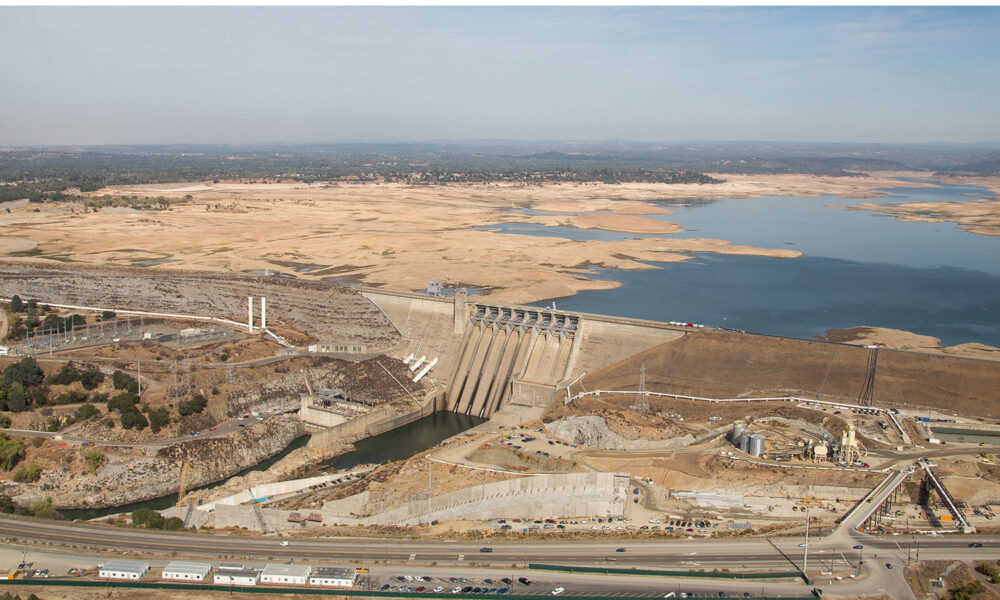Happy Water Week!
Have you ever seen the Sierra Nevada of California from the San Joaquin Valley in the early spring on a clear day? When the Sierra has snow and the air quality allows us to see it from here, that view is second to none.
Every year at this time when I look at the Sierra from the Valley, I know if I see little snow, it means it’s a dry year. When there is plenty of snow like now, I know it means less struggle with water supplies during the summer but also potential floods. Floods can come from rain-on-snow events and from high spring temperatures that melt the snow faster, and climate change is triggering earlier and faster snowmelt.
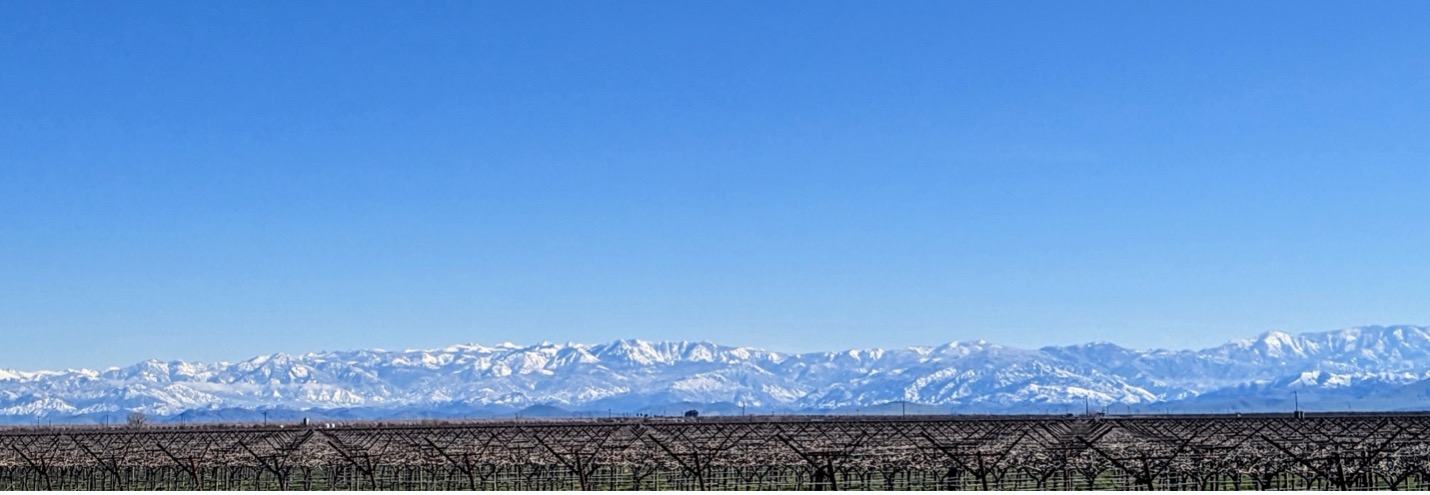
Last week’s snow survey confirmed what I saw in the mountains. The California Department of Water Resources reported that the state’s snowpack measured 96% of average at its peak on April 1. There is nuance, since the north got 120% and the south only 84%. We can say this is relatively good news, but we also have to remember that the last three years of near-average snowpack followed a severe drought from 2020 to 2022, the driest three-year period ever recorded in California.
These climatic extremes and the weather whiplash we experience here are becoming more frequent with climate change, and that’s why we need to plan for both flooding and the next dry period that could be just around the corner.
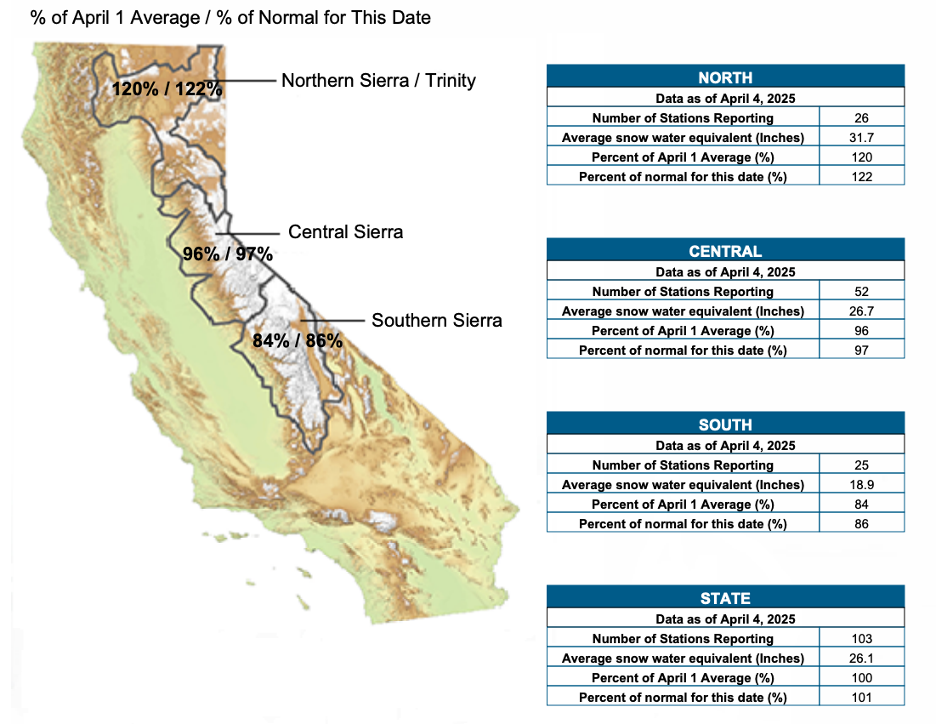
As we mark Water Week 2025, preparing for extremes is critical for modernizing our water management. In past years, supercharged snowmelt has led to flooding and dam safety concerns. For example, in 2017 nearly 200,000 residents had to be evacuated below the Oroville Dam due to fears of collapse after a rain-on-snow event.
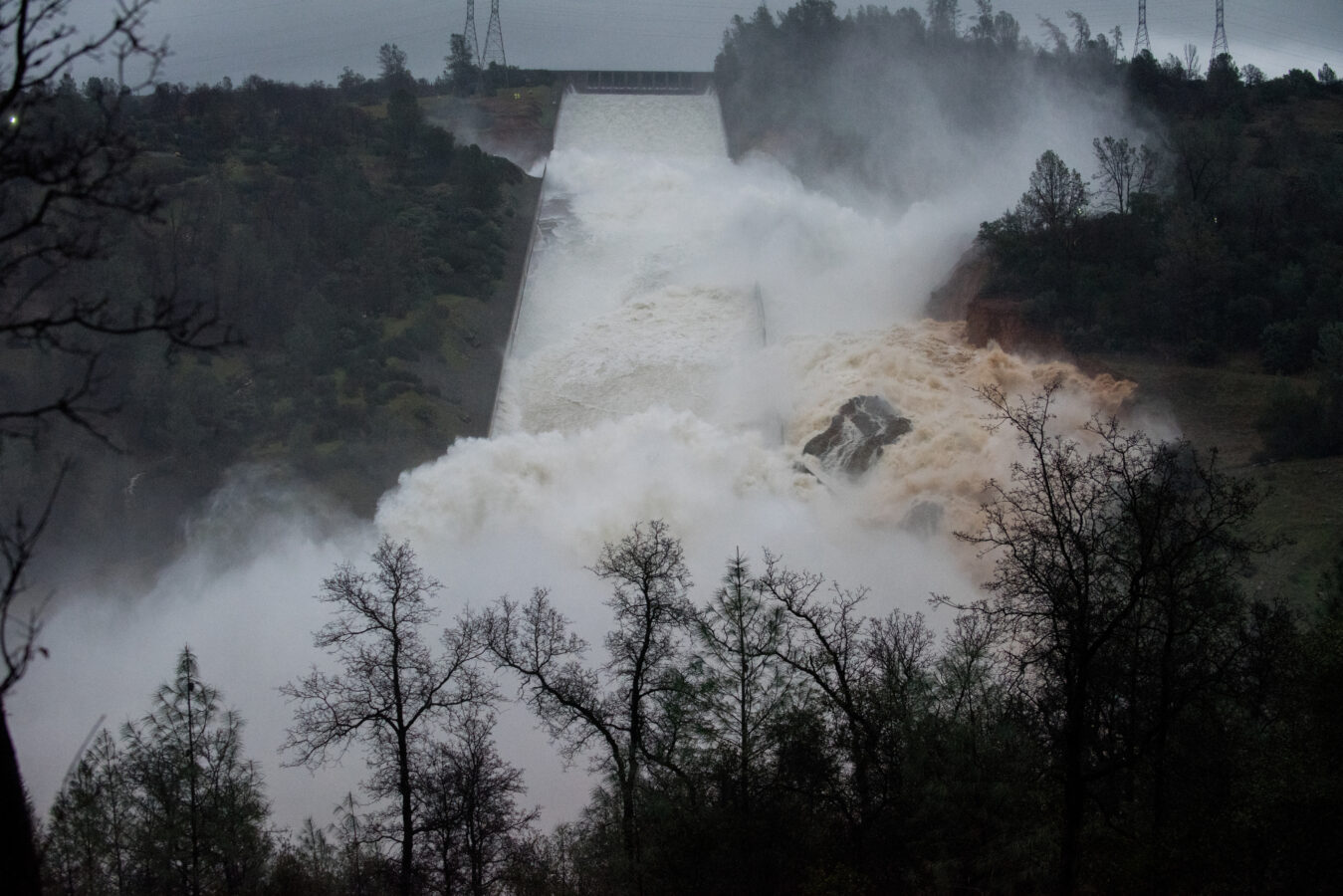
That’s why it’s vital that the state is working with the scientific community on a new management strategy to reduce flood risk for downstream communities and benefit water supplies during dry periods. It’s called Forecast Informed Reservoir Operations, or FIRO, a new approach that can help us more flexibly manage water extremes.
Many of the reservoirs in California are managed so they have space to capture flood water to avoid flooding damage and hazards while they are also used for water storage. Without FIRO, reservoirs are managed with fixed calendar-based rules that tell you how much water to keep in the reservoir for that time of year. FIRO enables reservoir operators to use forecasts to adjust the amount of water in the reservoir before storms, reducing flood risk by releasing water ahead of major events while holding water in the reservoir if there are forecasted precipitation events. FIRO benefits both sides of water management by mitigating flood risk and increasing water availability.
FIRO allows reservoir operators to keep water in the reservoir for future uses. In other words, FIRO avoids the fear of missing out (FOMO) on water that you could have stored if you had better forecasting.
FIRO started in California and has since gone worldwide
Once upon a time, there was (and still is) a megadrought in California that peaked in the acute drought of 2012 to 2016. If you’re a water nerd, you may know that drought triggered the Sustainable Groundwater Management Act (SGMA), which itself triggered the need to strategically repurpose about 1,000,000 acres of irrigated cropland in the state. By then, water managers were looking at extremely valuable water being released from reservoirs for flood prevention, even though there were no rainfall forecasts or snow to melt. And they wanted to do something.
The first FIRO pilot project was in Lake Mendocino on the Russian River in Northern California. There, a group of scientists, water managers, and engineers worked with the Army Corps of Engineers, the National Oceanic and Atmospheric Association (NOAA), Scripps Institution of Oceanography, and the California Department of Water Resources to find a solution. The key? Our ever-improving hydrometeorological forecasts, which means more accuracy to predict temperature, precipitation, and streamflow. Our scientific knowledge about climate, meteorology, and hydrology improves every year thanks to federal agencies like NOAA and NASA, and their partnerships with the research community.
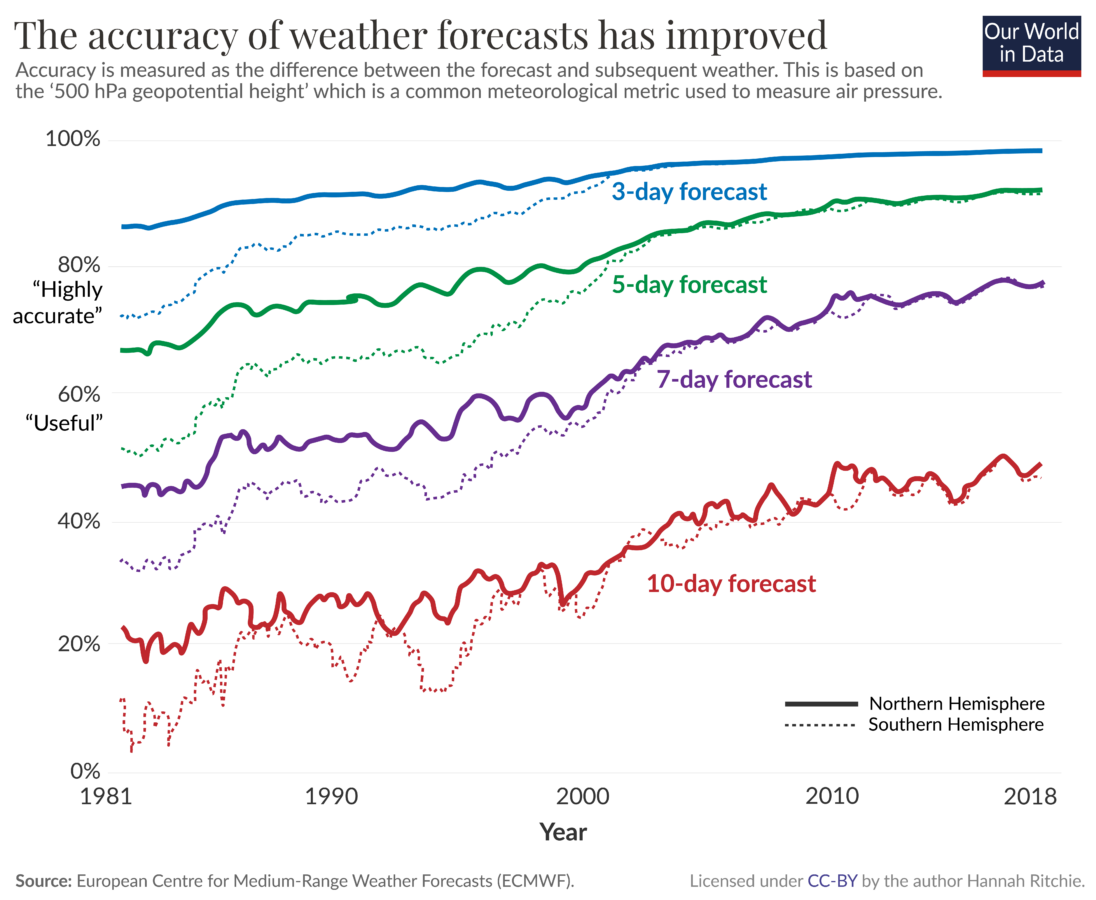
Since then, FIRO-like approaches have appeared in other parts of the country. For example, Seattle can soon expect a better balance between flood protection and water availability as they are planning to use FIRO at the Howard Hanson Dam in the Green River watershed. In the Midwest, Lake Erie has the LEOFS (Lake Erie Operational Forecast System) to better manage water levels affected by seasonal variations and climate change. The Tennessee Valley Authority is also relying on this kind of flood management during extreme precipitation events, especially because of the more common hurricanes and climate change extremes the South is experiencing.
Outside the United States, countries like Australia and Japan, and the Mediterranean Region are also starting to include meteorological forecasts in their reservoir operations.
The benefits of implementing FIRO
FIRO’s power lies in its multifaceted benefits for water management. First, it can improve water availability when communities, farmers, and the environment need it most. By keeping water in reservoirs until meteorological forecasts indicate an actual need for flood prevention, we preserve our most precious resource for our Mediterranean summertime. This approach also offers more accurate flood management compared to calendar-based releases, as water is released only when meteorological forecasts couple with hydrological models (what we call hydrometeorology) actually indicate a flood risk, rather than based on historical statistics.
FIRO can achieve increased water storage without requiring new infrastructure. In an era where building new dams faces environmental, social, and economic barriers, FIRO maximizes the efficiency of existing infrastructure through smarter operations. The precision offered by hydrometeorological forecasting also allows for more targeted environmental releases, facilitating that ecological needs downstream are met when needed.
Finally, FIRO can contribute significantly to drought resilience—a critical concern as climate change intensifies dry periods in many regions. By retaining water during nonflood periods in the wet season, communities and farmers can save valuable water to protect themselves against drought conditions that might otherwise deplete water availability faster and trigger water use restrictions.
Potential challenges
Despite its clear advantages, implementing FIRO comes with several challenges that need to be considered. Forecast reliability is very high, particularly along the US West Coast, but not in all areas of the US or world, there is always uncertainty in any forecast. While meteorological forecasts become more accurate each year, dam operators must still account for the small-but-not-zero uncertainty in these predictions when managing flood risks. To account for the uncertainty in forecasts, the use of ensembles and probabilistic forecasts are important. When uncertainty means releasing more water than might be optimal for flood protection, we can mitigate this by directing releases to aquifer recharge projects. In addition to providing underground storage, recharge projects can be used to combat subsidence impacts, protect groundwater levels for domestic wells, help groundwater-dependent ecosystems, and prevent seawater intrusion in coastal regions.
FIRO also faces implementation barriers on both technical and institutional fronts. Technically, it requires specialized expertise in meteorology, hydrology, and reservoir operations—skill sets that may not always be available in water management agencies. Institutionally, it demands a culture shift away from calendar-based operations toward more dynamic, forecast-based decision making, which can meet resistance in organizations accustomed to traditional approaches. Although transformative changes like FIRO can take time, both the U.S. Army Corps and Bureau of Reclamation are now actively supporting FIRO efforts.
Additionally, the significant variations in climate, topography, and reservoir characteristics across different regions mean that FIRO can’t simply be copied from one watershed to another. Each implementation requires tailored approaches based on local conditions. This variability also underscores the importance of bringing local communities to the decision-making table—they often hold valuable knowledge about watershed behavior and have important stakes in reservoir management outcomes that must be addressed for successful implementation.
The future is FIRO
Meteorological forecasts will continue improving through advances in climate science and supercomputing. Artificial intelligence (AI) is now enhancing this approach, making FIRO more effective. AI integration with weather models promises greater accuracy, enabling more precise decisions about water storage and releases. Highly accurate forecasts may soon extend from days to weeks, giving water managers even more time to prepare for extreme events.
As climate change intensifies both flood and drought extremes, FIRO and similar approaches are a necessity for water management, as recent legislation in California acknowledges in the Atmospheric Rivers Research and Forecast Improvement Program: Enabling Climate Adaptation Through Forecast-Informed Reservoir Operations and Hazard Resiliency (AR/FIRO) Program. AB30 (2023) updated current legislation to explicitly include FIRO as an emerging tool to better manage water scarcity and floods.
But the true revolution of FIRO extends beyond technology—it represents a fundamental shift in how we think about infrastructure. Rather than simply building bigger dams or higher levees, FIRO shows us that sometimes the most powerful solutions come from a smarter use of what we already have. This approach embodies the kind of adaptive thinking required in our changing climate, and reminds me a lot of our cropland repurposing work for smarter multiple uses of the land.
FIRO gives flexibility to water operations, and that flexibility is essential to adapt to climate change and its consequences in our water systems, such as earlier snowmelt, more frequent and extreme floods and droughts, warmer river water, more evaporation from lakes, seawater intrusion, subsidence, and overdrafted aquifers. As we face an uncertain climate future, approaches like FIRO that embrace uncertainty through better science will be crucial to sustaining our communities, economies, and ecosystems. Our water and environmental challenges ahead are immense, but if we trust science and we listen to people, I am optimistic that we can build a more resilient and sustainable water future.
